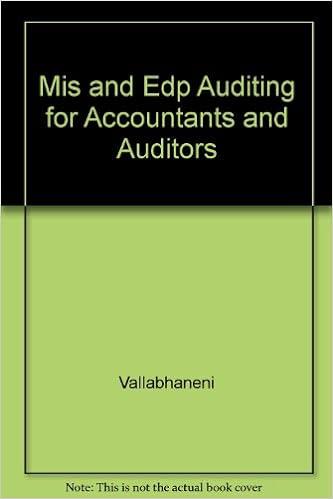Quaker Oats, in its annual report, discloses the following Quaker Oats Company Financial Objectives: Provide total shareholder returns (drvidends plus share price that exceed both the cast y and the S&P 500 stock index over time. compares quite favor- to our cost of equity for the year, which was about 12%, and to the total return of er's total return to shareholders for Year 11 was 34%. That the S&P 500 stock index, which was 7%. Driving this strong performance, real earnings from cont 24.1%. [Quaker Oats' stock price at the beginning and end of Year 11 was $48 and$62. respectively, and the Year 11 dividends are $1.56 per share.] The Benchmark for Investment We use our cost of capital as a benchmark, or hurdle rate, to ensure that all projects un- dertaken promise a suitable rate of return. The cost of capital is used as the discount rate in determining whether a project will provide an economic return on its investment. We estimate a project's potential cash flows and discount these cash flows back to present value. This amount is compared with the initial investment costs to determine whether incremental value is created. Our cost market value weightings of debt and equity used to finance the Company nungoperations grew 74% over the last five years, return on equity rose to of capital is calculated using the approximate Cost of equity+ Cost of debt- Cost of When Quaker is consistently able to generate and reinvest cash flows in projects whose returns exceed our cost of capital, economic value is created. As the stock market eval- uates the Company's ability to generate value, this value is reflected in stock price appreciation. The cost ofequity: The cost of equity is a measure of the minimum return earn to properly compensate investors for the risk of ownership of our stock. This cost is a combination of a "risk-free" rate and an "equity risk premium. The risk-free rate (the US. Treasury Bond rate) is the sum of the expected rate of inflation and a "real" return of2% to 3%. For Year 11, the risk-free rate was approximately 8.4%. Investors in Quaker stock expect the return of a risk-free security plus a-risk premium" of about 3.6% to compensate them for assuming the risks in Quaker stock. The risk in holding Quaker stock is inherent in the fact that returns depend on the future profitability of the Com- pany. Quaker's cost ofequity was approximately 12%. The cast of debt. The cost of debt is simply our after-tax, long-term debt rate, which was around 6.4%. Required a. Quaker reports the "return to shareholders" to be 34%. (1) How is this return computed (provide calculations)? (2) How is this return different from return on common equity







